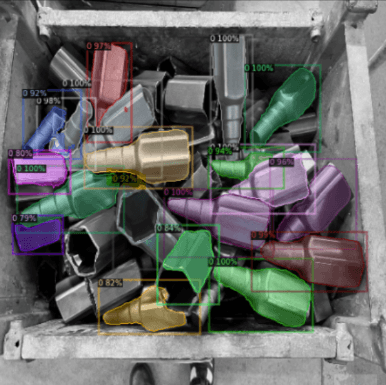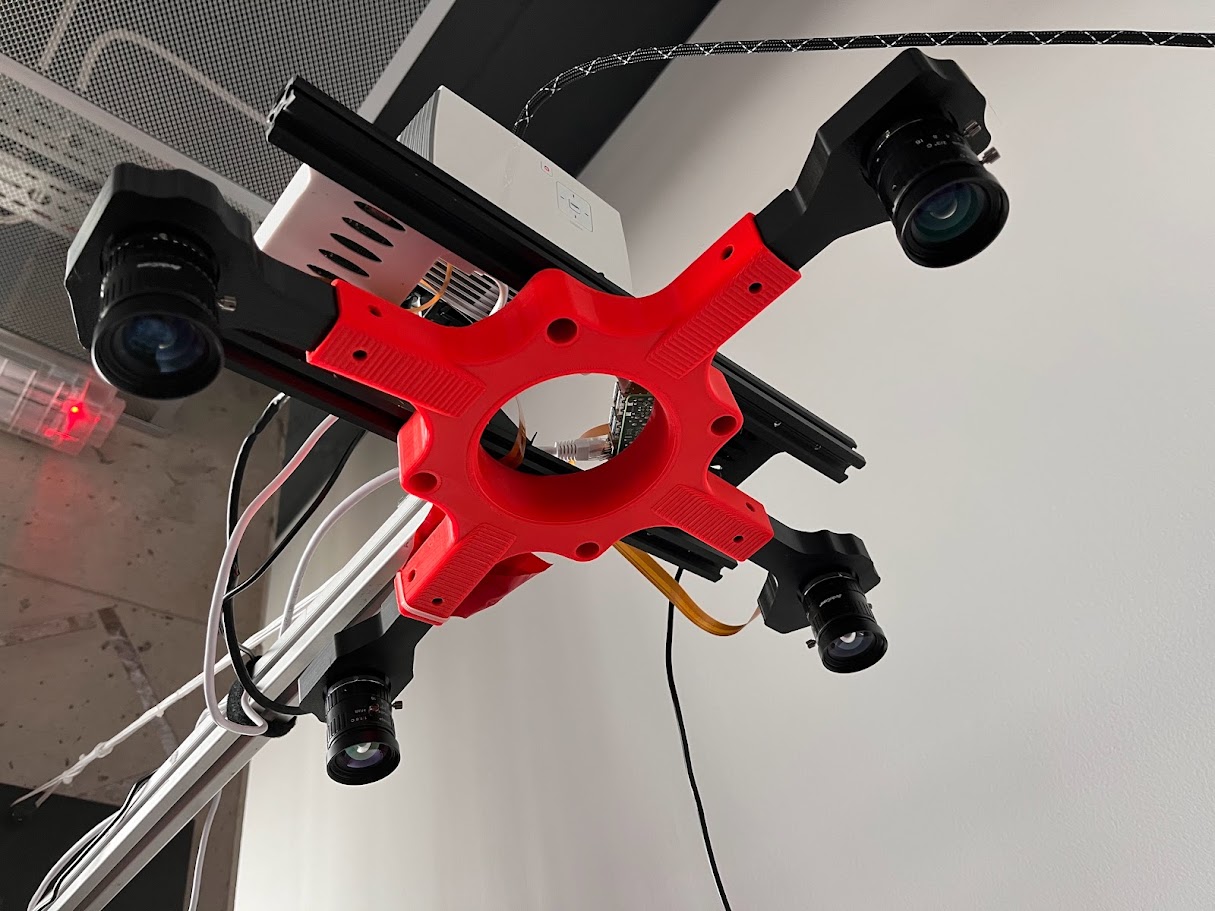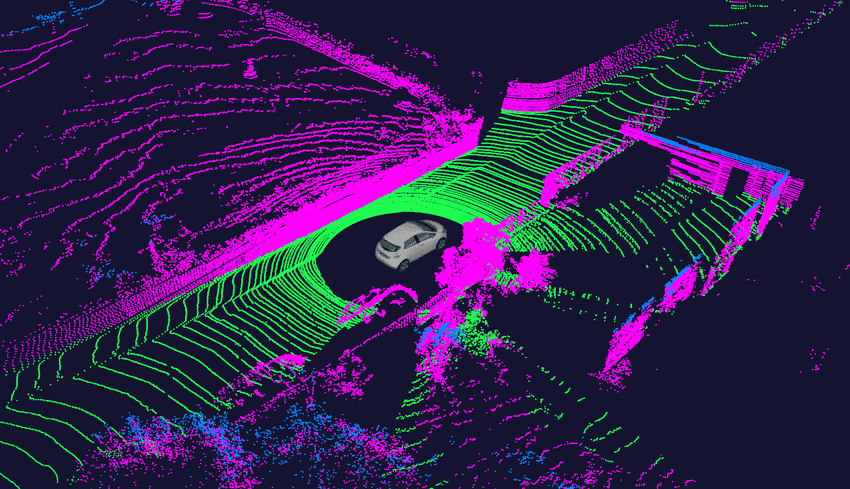Computer Vison Flow
Autonomous and
AI-based solutions for industry

Synthetic data
Synthetic data generation
Synthetic data generation
Synthetic data generation accelerates machine learning by eliminating the costly and time-consuming need for manual labeling. It swiftly provides vast datasets, allowing for the simulation of rare situations or objects that might not be easily captured through real-world data collection. This efficiency and flexibility are crucial for developing sophisticated AI-driven solutions, like APENUM's robotics, where adapting to varied and uncommon scenarios is essential for performance.
Synthetic data generation accelerates machine learning by eliminating the costly and time-consuming need for manual labeling. It swiftly provides vast datasets, allowing for the simulation of rare situations or objects that might not be easily captured through real-world data collection. This efficiency and flexibility are crucial for developing sophisticated AI-driven solutions, like APENUM's robotics, where adapting to varied and uncommon scenarios is essential for performance.






Platform
Segmentation & Detection
Segmentation & Detection
Utilizing previously generated synthetic data, object detection and segmentation technologies offer the advantage of precise object identification and localization within images. This detailed insight improves accuracy and decision-making across diverse applications, from autonomous driving to healthcare diagnostics. These methodologies enable the development of interactive, intelligent systems capable of real-time environmental understanding and response.
Utilizing previously generated synthetic data, object detection and segmentation technologies offer the advantage of precise object identification and localization within images. This detailed insight improves accuracy and decision-making across diverse applications, from autonomous driving to healthcare diagnostics. These methodologies enable the development of interactive, intelligent systems capable of real-time environmental understanding and response.

Camra 3D
AI Powered 3D camera
AI Powered 3D camera
Our innovative 3D vision technology is based only on RGB cameras, which significantly reduces the costs associated with expensive depth sensors and effectively solves the problems they encounter. It copes well with reflecting and shiny metal surfaces, and also provides stable work in variable lighting conditions.
Our innovative 3D vision technology is based only on RGB cameras, which significantly reduces the costs associated with expensive depth sensors and effectively solves the problems they encounter. It copes well with reflecting and shiny metal surfaces, and also provides stable work in variable lighting conditions.







Odometry
Advenced odometry
Advenced odometry
Advanced odometry utilizing AI and multiple RGB images generates detailed point clouds by processing and comparing features across several images to understand their spatial arrangement. AI algorithms analyze the differences in these features' appearances from different angles, allowing the construction of a 3D model of the environment. This method transforms 2D visual information into a comprehensive 3D spatial understanding, enabling accurate object and environment modeling without referencing camera movement.
Advanced odometry utilizing AI and multiple RGB images generates detailed point clouds by processing and comparing features across several images to understand their spatial arrangement. AI algorithms analyze the differences in these features' appearances from different angles, allowing the construction of a 3D model of the environment. This method transforms 2D visual information into a comprehensive 3D spatial understanding, enabling accurate object and environment modeling without referencing camera movement.

Neural Networks
Point cloud segmentation
Point cloud segmentation
Our expertise in applying machine learning techniques and neural networks to 3D point clouds encompasses the development and implementation of advanced algorithms that enable the efficient processing, analysis, and interpretation of 3D spatial data. We specialize in creating models that can accurately classify, segment, and reconstruct 3D environments from point cloud data, leveraging deep learning to extract meaningful insights and patterns. This proficiency facilitates innovations in fields such as autonomous driving, robotics, and environmental monitoring, by enhancing the machines' understanding of complex 3D spaces.
Our expertise in applying machine learning techniques and neural networks to 3D point clouds encompasses the development and implementation of advanced algorithms that enable the efficient processing, analysis, and interpretation of 3D spatial data. We specialize in creating models that can accurately classify, segment, and reconstruct 3D environments from point cloud data, leveraging deep learning to extract meaningful insights and patterns. This proficiency facilitates innovations in fields such as autonomous driving, robotics, and environmental monitoring, by enhancing the machines' understanding of complex 3D spaces.


